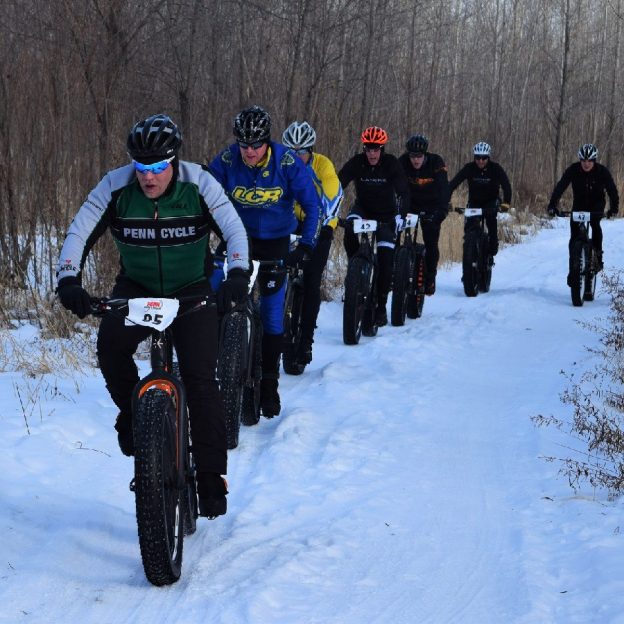Tag: fat bike history
-

History of Fat Bikes and Why Fat Bikes Exist
These seemingly unusual fat-tired bikes – we prefer ‘badass’ – are also known as “fatbikes.” They also are known as “wide-tired bikes,” “balloon-tired bikes,” or “winter bikes.” Don’t let the term “winter bikes” deter you though. These bicycles are great year-round since they were originally invented to tackle snow and sand.
